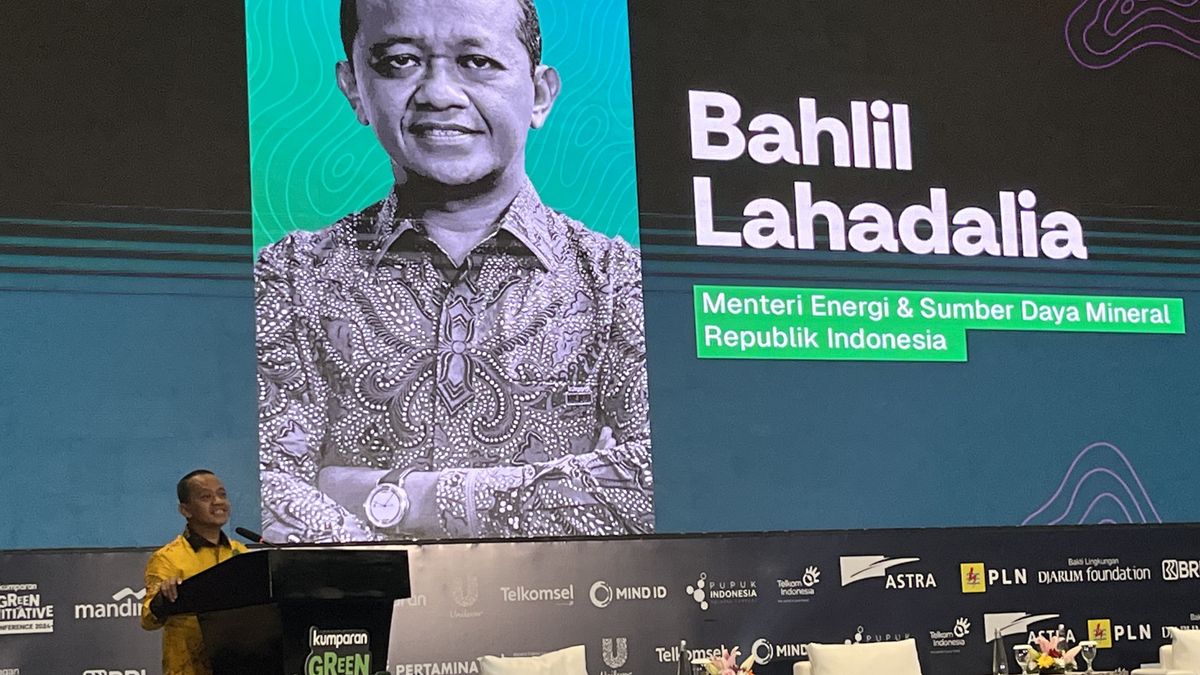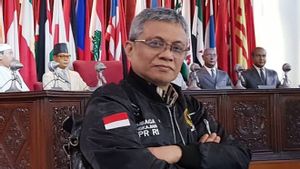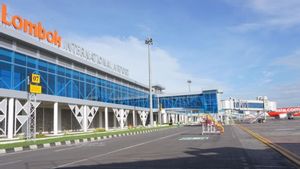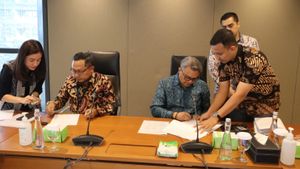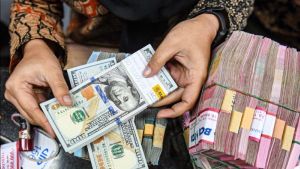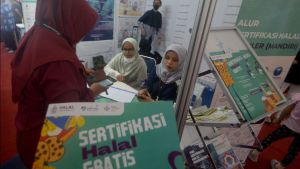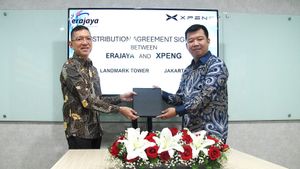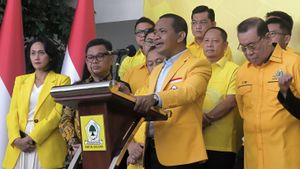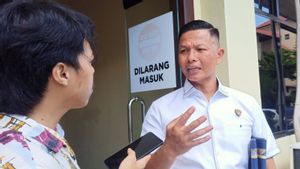JAKARTA - Minister of Energy and Mineral Resources (ESDM) Bahlil Lahadalia revealed that there are a number of problems faced in developing new and renewable energy (EBT) in Indonesia. Starting from networks to funding.
Initially, Bahlil said the government was targeting the energy mix from EBT to reach 23 percent by 2025. However, until the first semester of 2024 the realization had only reached 13.93 percent.
"Our target in 2025 must reach 23 percent of the total electricity consumption, now it's only around 13 percent. So there is a deficit of around 8.1 gigawatts, equivalent to 8,100 megawatts," he said at the Green Initiative Conference at the Hotel Borobudur, Jakarta, Wednesday, September 25.
Bahlil said one of the problems in the development of EBT is the transmission network. He said the network was not yet available to connect renewable energy sources with consumer areas.
"It's hot on the earth or geothermal, then the wind, water, there's a true source, but the network doesn't exist yet," he said.
Bahlil assessed that if forced to build a generator in EBT sources without proper planning, it would be inefficient. Because, there is no network that connects with consumers.
"So if we force it, PLN or the private sector builds the power plant, where do you want to sell it? Because we don't have a network," he said.
Bahlil revealed that one of the efforts made by the government to overcome this problem was to map the location of renewable energy sources and build the network.
Furthermore, Bahlil said another problem from the development of EBT is that the investment value is not cheap. The construction of the transmission network or super grid requires a large amount of money.
"This investment is not small, you know. Hundreds of trillions of rupiah to connect sources rather than our new renewable energy," he said.
In addition, continued Bahlil, the construction of renewable energy plants also requires a large amount of money because it uses the latest technology.
Bahlil said that with the high investment costs needed in the development of EBT, the price of electricity generated from EBT plants would also be much more expensive than those produced from fossil or coal-based plants.
Investasi di PLN yang paling mahal itu capex-nya untuk 1 MW (listrik dari pembangunan EBT) mencapai sekitar 6 juta dolar AS, sementara batu bara itu di bawah 1 juta dolar AS. Jadi hampir 6 kali lipat. Makanya wajar kemudian kalau batu bara itu hargannya hanya sekitar 4 hingga 5 persen, ucap Bahlil.
SEE ALSO:
Therefore, continued Bahlil, the government is trying to make the right scheme so that PLN is not burdened with expensive investment costs. In addition, so that the selling price of electricity from the EBT plant is also not too expensive and does not burden the state budget.
Bahlil said that basically a strong commitment from various parties is needed to be able to carry out the energy transition. So that Indonesia can achieve the zero emission target or net zero emissions (NZE) in 2060.
"So to encourage new and renewable energy, this requires a strong commitment. Not just omons. Trust me, until chickens grow teeth, if we only talk about the concept of business as usual, it will never be realized if there is no strong commitment," he explained.
The English, Chinese, Japanese, Arabic, and French versions are automatically generated by the AI. So there may still be inaccuracies in translating, please always see Indonesian as our main language. (system supported by DigitalSiber.id)
